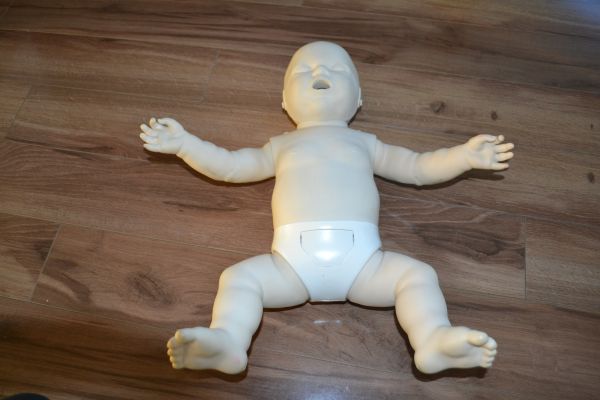Abdominal pain in children is one of the most common complaints of children. Pain anywhere that is between the chest and groin area is considered abdominal pain. It is commonly called the stomach or belly by children.Complaints are most common in children younger than 11 years of age. There is a wide variety of causes for abdominal pain in children, ranging from generally harmless to life-threatening. Most fall in the former category.
Causes of Abdominal Pain in Children
Many different conditions can lead to abdominal pain.
- Infections
- May be bacterial or viral
- Gastroenteritis
- Food-related
- Food allergies
- Excessive eating
- Gas production
- Heart burn
- Bowel-related
- Constipation
- Diarrhea
- Poisoning
- Food poisoning
- Drug poisoning
- Mushroom or plant poisoning
- Medical
- Diabetes
- Urinary Tract Infection
- Strep throat
- Bites from Black Widow spiders
- Surgery
- Appendicitis
Symptoms of Abdominal Pain in Children
Identification of abdominal pain may prove to be a challenge but location and duration of pain, appearance of child, presence and nature of vomiting will help narrow down the possible list of causes.
- Pain location
- Most simple causes: center of the abdomen
- More than half of belly: stomach flu, indigestion or gas
- Localized pain (found only in one area): sign of serious problem
- Cramp-like pain: typically not serious and likely caused by bloating and gas
- Cockily pain (wave-like pain that begins and ends abruptly and severe): sign of serious problem
- Pain duration
- Most simple causes: usually disappear within 24 hours
- If beyond 24 hours, time to seek medical advice
- Child appearance
- Face is expressive of pain
- Pale appearance
- Sweating
- Looks sleepy
- Source of concern: child’s refusal to eat or drink for several hours or distracted from play
- Vomiting
- Most simple causes: usually disappears quickly
- If beyond 24 hours, seek medical advice
- If blood is present, seek emergency medical assistance
- For very young children, if greenish or yellowish vomit, time to seek medical advice
- Diarrhea
- Indicative of virus or bacterial infection
- Usually lasts for 72 hours or less
- If blood is present in feces, seek medical advice
- Fever
- Not always a serious problem
- Rashes
- Seek medical advice
- Urinary problems
- If there is painful or frequent urination, may be indicative of infection
- For babies and toddlers who may not be able to speak yet
- Crying
- Face expressing pain
- Legs curling up to the belly
First Aid Management for Abdominal Pain in Children
It is important to note the symptoms of abdominal pain in a child to determine whether the child has to be brought to the hospital. At the onset of pain, first aid must be given to the child.
- If possible, try to identify the cause of abdominal pain.
- Ask the child to rest and lie down to see if the pain disappears. To help relieve gas pain, the child may lie on his/ her stomach.
- Advise the child to drink sips of water. Avoid giving milk or caffeinated dinks.
- A child may be given acetaminophen and ibuprofen. Ask the doctor before giving aspirin to the child.
Disclaimer: The information provided above does not substitute for medical advice or diagnosis. To learn how to treat abdominal pain in children and other symptoms involving pain, enroll in Emergency childcare first aid and CPR courses.



